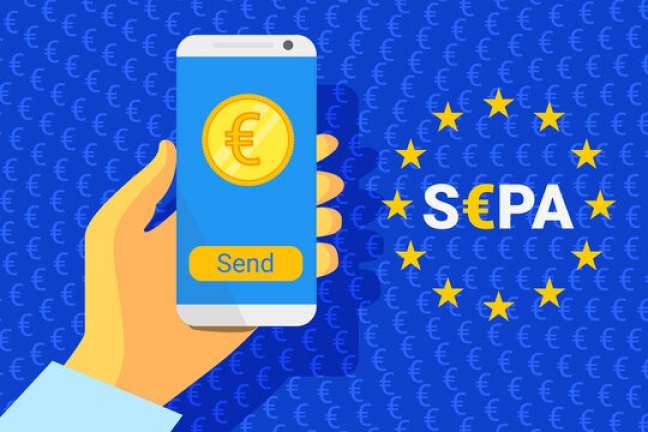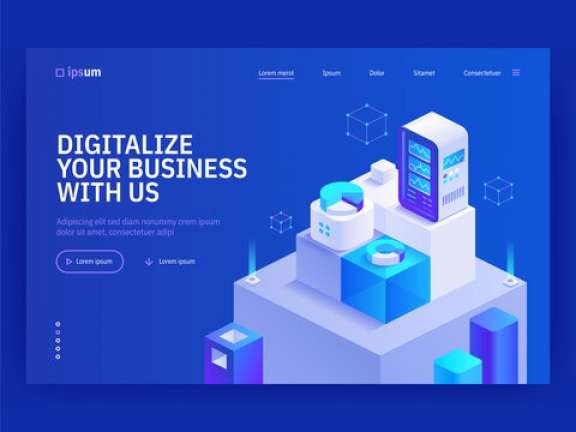Decentralised applications are applications that are built to run on the blockchain. These apps are just one example of decentralised software systems that can take many forms by this definition. They use a consensus mechanism to provide security and work without a central management structure or single point of failure.
They can be open source, meaning any developer can inspect, copy, or modify the code powering the Dapps. However, most decentralised apps have an associated token that provides its economic incentive structure.
How Do the Apps Work
These decentralised apps work in a similar way to traditional apps. They can be built using various languages geared toward specific applications, such as “Solidity for dApps” running on the Ethereum blockchain. App users use public and private keys to access the apps instead of usernames and passwords securely.
To make modifications to the app, developers must submit proposals for these changes in the form of smart contracts that follow pre-agreed upon rules set out in the code itself.
This enables developers and users to trust their transactions with no risk of censorship or fraud by third parties.
Why They Are Important For Ethereum Ecosystem
These apps are built on the Ethereum blockchain using smart contracts.
Secure Transactions
Decentralised apps help keep transactions secure as they use cryptographic protocols and reside on a user’s private keys instead of a central server.
This helps prevent users’ information from being compromised by keeping it behind proprietary software and encryption layers. Decentralised apps are less vulnerable since they are decentralised, making them more difficult to attack than traditional apps.
Future Prospects
The projects attract a community of dedicated developers who contribute to open-source, decentralised app frameworks and tools outside the scope of specific apps themselves. As these app ecosystems grow, more developers will have access to everything they need to build new distributed applications faster than ever before.
Run Faster
The networks do not have centralised servers that can be bogged down by traffic, so there is no bottleneck slowing decentralised apps. They can accommodate massive amounts of users without any lag time.
The apps can run on various smart devices with internet connectivity, from smartphones and desktop computers to even Internet of Things (IoT) devices.
No Third Parties Involved
Decentralised apps function independently of third-party entities that add layers of complexity and cost in traditional app models. In addition to being distributed publicly, these apps do not rely on central servers or storage providers when processing transactions, reducing the number of single points of failure.
No major party controls them, and governments or regulatory agencies cannot shut down decentralised apps.
Cheaper Transactions
The decentralised apps allow developers to create dApp-based payment systems that do not need third parties like banks or credit card companies.
This provides more purchasing power for businesses and consumers alike compared to traditional online sales models since dApp transactions take place peer-to-peer (P2P), directly between users instead of through an intermediary company or organisation that takes a cut of the profits at every transaction.
Internet Breakdowns
Decentralised apps make it possible to maintain access to services in areas where internet service providers (ISPs) may block connections, censor content, or fail to provide adequate speed for decentralised app users.
User-Friendly Graphical User Interface (GUI)
The decentralised apps allow anyone with a smart device and an internet connection to use blockchain apps without being required to download multiple software programs or deal with complex protocols that are difficult to understand. Decentralised apps are built using HTML5 interfaces, making them accessible across various devices.
Wrapping Up
As decentralised apps continue to gain popularity, they will play a major role in the intelligent economy as they facilitate transactions between users, emphasising security and utility. They grant control to users regarding their personal information and grant them more power over how they interact with different decentralised application environments.















